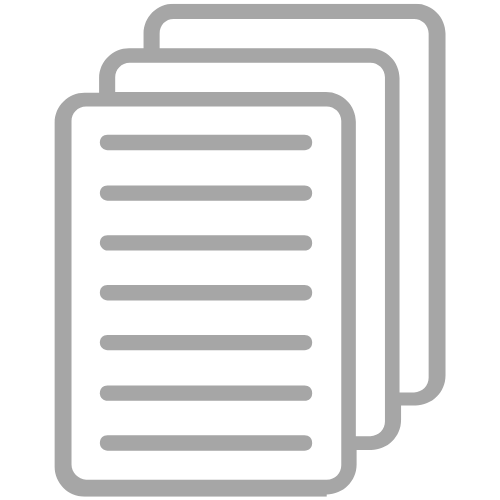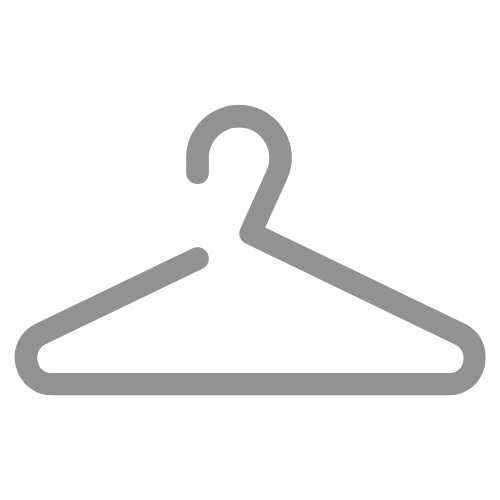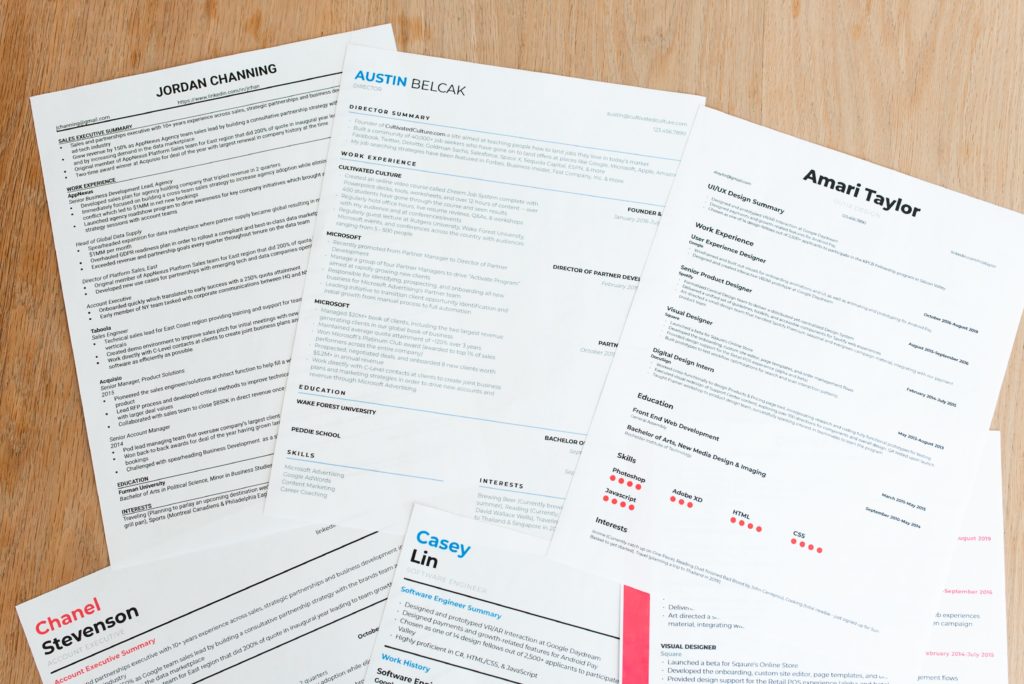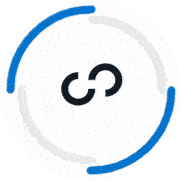Students looking for jobs have it tough. Sure, many are bright, energetic, and ambitious to use their education in the “real world”.
But, unfortunately, many students report graduating without the confidence to market themselves well enough to land a decent job. And that’s a huge problem given the competitiveness that COVID-19 has had on the current job market!
But, don’t worry. If you’re a student looking to confidently apply for and land a new job, you’ve come to the right place! I’m going to be sharing all the information you need to nail the first part of going from student to professional by writing an impressive student resume.
That means we’ll be looking at:
- A simple layout you can use to organize your resume
- What to include on your resume (to increase your chances of getting an interview)
- What not to include (if you want to be taken seriously by hiring managers and recruiters)
- A few tools to help you highlight what makes you a good job candidate
Let’s jump right in!
Best Resume Layout For A Student Resume
It doesn’t matter if you’re a college student looking to land your first full-time job or a high school student applying for an internship. You can follow a simple resume layout, like the one below, to create a stellar resume in no time!
Contact Info. In the resume header, put your name, email, phone number, address, relevant social media profiles, personal website, etc.
Resume objective (or resume summary.) The resume objective section is a short paragraph or bulleted list that highlights some of your key achievements, skills, and strengths that are relevant to the job you’re applying for OR a summary of what type of experience you’re looking for in your next job and what makes you a good fit for this type of job.
Education. A list of what degrees you’ve earned or are currently working toward. Once you’ve started college, there’s no need to include your high school information anymore. Provide as many details as you can in the education section, such as GPA, extracurricular activities and any honors you received.
Work Experience. 1-2 previously held jobs or leadership positions where you’ve used and developed skills relevant to the current role you’re applying for, along with 1-3 bullet points that show tangible outcomes of your work. If you’re not sure how to write those kinds of bullet points, don’t worry. I’ll touch more on that soon!
Skills. A list of job-related skills, along with a description of achievements that demonstrate your ability to apply the skill in a work environment.
Interests. A list of a few of your personal interests, along with a short teaser statement that helps the hiring manager or recruiter remember something unique about you.
Additional Info. This last section can be used for other noteworthy experiences like volunteer work, student organizations, awards/honors, resume references, etc.
What To Include On A Student Resume
Even with that layout, it’s important to remember your resume has one goal: to sell you as a good candidate for a job. If that’s accomplished, you boost your chances of moving to the next stage of the hiring process (e.g. an interview) and get closer to landing the job!
Recently, we analyzed 125,000+ resumes and found the best ones share characteristics that make them highly effective. Many student resume examples out there fail to emphasize these characteristics. So, make sure your resume includes the following points so you’re ahead of the competition!
Bullet Points with Measurable Metrics
A resume isn’t meant to be just a list of your experience. You need to show the value of your experience! You do that by including metrics and quantifiable results in your bullet points.
For example, instead of saying you “proofread, edited, and posted on the company's social media account”, your resume will be more effective if you say something like “increased social media engagement by 15% by optimizing the use of hashtags and CTA’s”.
Relevant Keywords and Skills
Keywords related to the job you’re applying for are extremely important! First, they help you align with applicant tracking systems (ATS) that scan resumes, extract specific information, and store the data so recruiters can easily find and assess candidates. Second, keywords help recruiters and hiring managers, who often scan resumes, to see right away whether you could be qualified for the job and, therefore, worth further consideration.
You’ll mostly use keywords when talking about your work experience, and skills. These can be both hard skills (e.g. CSS, Google Analytics) and soft skills (e.g. collaboration, time management).
A Link to Your LinkedIn Profile
If you’ve taken the time to optimize your LinkedIn profile (you should!), adding a link on your resume can boost your chance of getting an interview by 71%!
What NOT To Include On Your Resume
If you format your resume using the layout I described earlier, you’ll be leagues ahead of many other students starting their careers. But there are some things that, if included on your resume, could hold you back — even if everything else is perfect.
A Picture. On resumes, a personal picture can be seen as unprofessional, distracting, and confusing. It could also make a hiring manager feel uneasy as they have to make sure they’re not unconsciously favoring or discriminating against a candidate based on appearance. Save your headshot for your LinkedIn profile instead!
An Unprofessional Email. Silly email addresses based on puns and inside jokes are fine for email exchanges with friends and family. But for hiring managers? Not so much. You don’t want anything to negatively affect their first impressions of you. So, keep it simple and, if needed, create a new email like [email protected].
An Unprofessional Font. Believe it or not, research shows that fonts matter for first impressions. And you don’t want a hiring manager disqualifying your experience just because you chose a font they don’t like! Some of the best resume fonts are modern sans serif fonts like Open Sans, Calibri, and Helvetica.
Too Many Colors. Your resume doesn’t have to be just black and white. But don’t go overboard with colors. The focus should be on your qualifications! Your best bet is to make sure your resume has no more than one eye-catching color. You can look at my free resume templates to see good examples of what I mean.
Fluff. Avoid using buzzwords or clichés like “hard working” or “team player”. They add no value to your resume. And, on top of that, they can be distracting or annoying to hiring managers. Instead, show that you possess those qualities by highlighting your experience with measurable metrics!
What To Highlight On Your Resume As A Student
Writing a stellar student resume isn’t so different than writing a resume at any career stage. As long as you highlight your relevant experience with metrics-driven bullet points on an easy-to-scan resume layout, you’ll be good!
Here’s a quick review of the steps you can take and a few free tools to make the process even easier:
- Follow the resume layout I’ve shared here to get your resume formatted for applicant tracking systems, recruiters, and hiring managers.
- Write compelling bullet points for your resume objective or summary, work experience, and skills that show the measurable value of your contribution. Remember, these bullet points should be relevant to the job you’re applying for!
- Once you have a full draft of your resume, use a free tool like ResyBullet that scores your resume bullets and offers tips to make them more attractive to hiring managers.
- Scan your resume next to the job description using ResyMatch to make sure your resume presents you as a good fit for the job and has a good chance of making it past applicant tracking systems.
- Edit your resume based on the suggestions you get in steps 3-4.
- Repeat steps 2-5 for each job application to make sure your resume is optimized for success..
Lastly, don’t underestimate the power of networking! You’ll get the most bang for your buck with your resume if you can make sure it gets read by human eyes rather than an applicant tracking system. For tips on how to ensure that happens, check out my guide on How To Get A Job Without Applying Online!




























